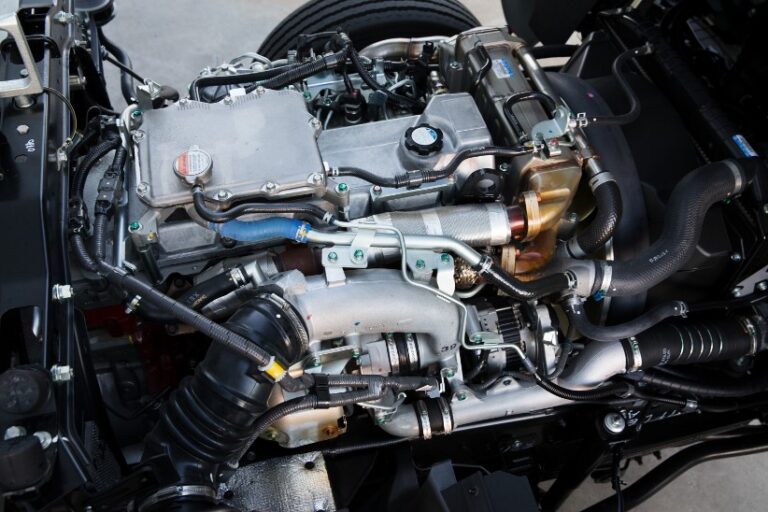– By Caroline Falls –
One of the most valuable tomes around for an Australian fleet manager today is the Institute of Public Works Engineering Australasia’s Plant and Vehicle Management Manual. The manual is a how-to guide to establishing a fleet management program, covering topics such as right-sizing the fleet, minimising unscheduled repairs, returning the best value on capital investment, deciding whether to buy or hire equipment, buying and disposing equipment, and embedding key performance indicators.
Fleet Auto News is running a series of articles based on the manual, and this one is devoted to oil. “Oil and Oil Analysis” is the title of one of the manuals 19 modules, each covering a significant aspect of plant and vehicle management in a public works environment.
The oil module is set out like others in the manual, with a flow chart that provides a step-by-step approach. In this case, it flows like this:
- What types of oils are most suitable for the fleet?
- Are there certain oils that will reduce stockholdings by being more compatible with the whole fleet?
- Establish potential stockholdings
- Arrange for secure storage
- Arrange for efficient oil-fill and top-up systems
- Monitor oil consumption
- Regularly take oil samples
- Manage oil disposal in an environmentally friendly manner.
The module defines the three major oil types: mineral oils (measured by viscosity where SAE 30 is light and suitable for engines, while SAE 90 is heavy and used in axles and gearboxes); multigrade oils (combination viscosity oils that can suit hot and cold running), and synthetic oils (properties include ability to operate at extreme temperatures).
It warns users to check with vehicle and plant manufacturers before using any additives to ensure they are compatible.
It talks about why you need to analyse lubricating oil to test the condition of the equipment and the oil. “Substantial savings can be made through the use of oil analysis by reducing unscheduled downtime and extending equipment life and oil-drain intervals.”
Monitoring wear and contaminants at regular intervals can provide an alert to take remedial action. There are two analysis techniques used: spectrometric oil analysis programs (SOAP) and debris analysis. Tests associated with SOAP include inductively coupled plasma emission which analyses wear metals, oil additives and contaminants and viscosity, which is a measure of the oil’s resistance to flow, where viscosity tends to decrease with higher temperatures.
Another SOAP technique is the Fourier Transform Infra-red spectroscopy which measures specific combinations of soot, nitration, oxidation, sulphation and water.
The manual notes that “water is said to be the most detrimental contaminant to oil. It can cause cavitation, corrosion (rusting), as well as oil degradation. Excessive water contamination in the oil can cause oil oxidation and promote sludge and varnish build-up. Water can also cause the film strength of the oil to decrease and can result in oil additives ‘dropping’ out of the oil.”
The manual doesn’t provide any case studies in this module, however, I know of a major trucking company that lost several rigs in fires, which were attributed to a flood event, in which fording through water caused failure of axle grease and subsequent friction sparking tyre fires that escalated.
Debris analysis is another technique, used to detect particles greater than eight microns (which SOAP tests can’t) and so is useful to determine large ferrous particles and any abnormal wear, and the type of wear.
The manual outlines some considerations for selecting a laboratory — turnaround, quality of results and price.
The benefits of regular testing of a fleet’s oil and lubricants include minimising unscheduled breakdowns. By identifying problems early, they can be rectified during scheduled downtimes.
This article is based on the third edition of Plant and Vehicle Management Manual, Institute of Public Works Engineering Australasia. For more information about the manual go to this link here or telephone 1300 416 745.







